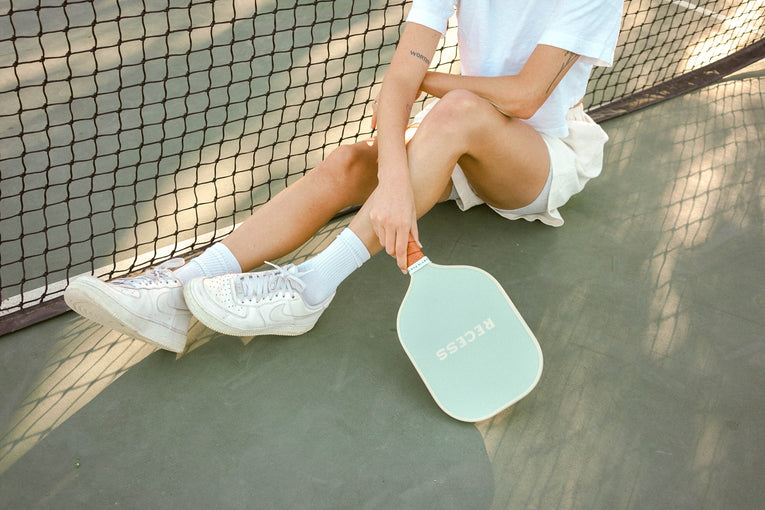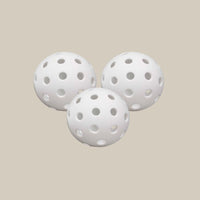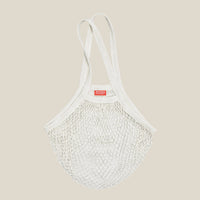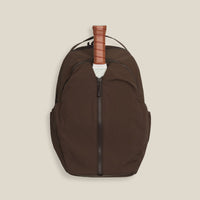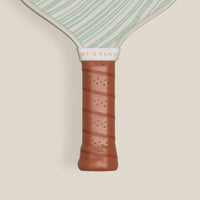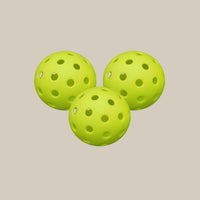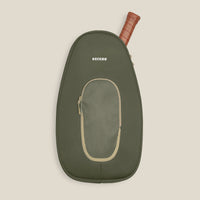10 Pickleball Singles Strategies for Success
Understanding Singles Play in Pickleball
Pickleball singles games come with distinct demands compared to doubles. The entire court is your responsibility, upping the physical demand as you cover more ground. Your pickleball strategy rests on exploiting court space and targeting the opponent's weak areas, typically their backhand. As you don't have a partner to share the load, sharp agility, speed, and high endurance levels become key. Unlike doubles, singles play provides greater court area for you to utilize. Hence, deep serves and returns along with effective use of sidelines are crucial for success.
Pickleball Singles Strategies
1. Serve from close to the centerline.
Enacting your serve from near the centerline lets you cover the court better and transitions you quickly to centralized play, crucial when playing singles.
2. Keep serves deep and in the corner.
By serving deep into the corner, you force your opponent to one side. This displacement often opens up the court for you to take advantage.
3. Return deep and in the corners.
Just like serves, pointing your returns deep and towards the corners limits your opponent's control and provides an opportunity for swift winning shots.
4. Move with your opponent.
Watch your opponent and match their movements. Try to stay somewhat close to the centerline at all times for better coverage of the court.
5. Always face your opponent.
Make sure you're facing your opponent, as it improves your chances to anticipate their next move and set your shot.
6. Use the lob when opponent reaches the kitchen line.
If your opponent manages to get to the kitchen line, a well-executed lob could be valuable. But it needs practice to avoid setting up an opponent's overhead smash.
7. Aim for your opponent's backhand.
Exploit the often weaker backhand of your opponent. Sending balls towards this area gives you an edge.
8. Stay in the back third of the court when unsure.
Maintaining a position in the back third of the court affords you a broad perspective and a better chance of reaching all shots.
9. If opponent reaches the kitchen line, hit the ball at their feet.
When your opponent reaches the kitchen line, aiming at their feet is a hard shot for them to return and could help you regain control.
10. Hit a deep shot when unsure.
Keeping your opponent away from the kitchen line is crucial. By hitting deep, you force them back and open a possibility to reach the non-volley line (kitchen).
Pickleball Rules for Singles
In singles play, standard pickleball rules apply with a few modifications:
- Serving: The serve must be made diagonally, starting from the right-hand service square and alternating each time a point is scored.
- Scoring: Scoring in pickleball singles is assigned a three-number score to track the server's score, the receiver's score, and the server number (which is always 1 in singles).
- Double-Bounce Rule: The ball must bounce once on each side (off the serve and return) before volleys are allowed.
- Non-Volley Zone: Commonly referred to as the "kitchen," players cannot volley the ball while standing in this zone.
- Faults: Various actions can cause faults, including the ball not clearing the net, the ball landing out of bounds, or violating the Non-Volley Zone rules.
- Game Completion: A typical pickleball game is played to 11 points, and must be won by at least 2 points.
Mastering these singles-specific strategies and rules will help you excel on the court when playing without a teammate.
Master these pickleball strategies with the aid of top-quality pickleball paddles and pickleballs from Recess Pickleball. Precise equipment, strategic play, and awareness of court dynamics can elevate your game substantially. Enjoy the process as you progress—winning in singles is not just about competition, but the pure joy of playing a sport you love.
For more on pickleball strategy, click here for Pickleball Doubles strategies!
